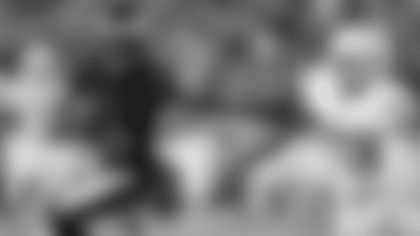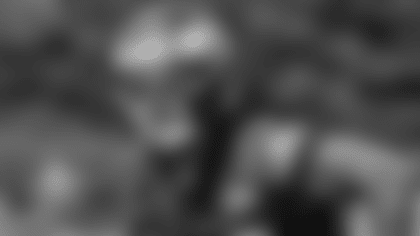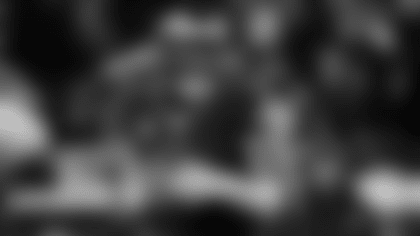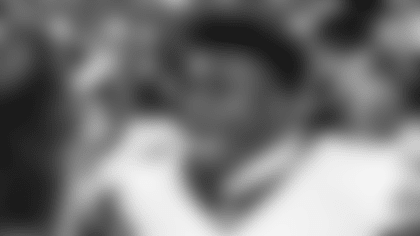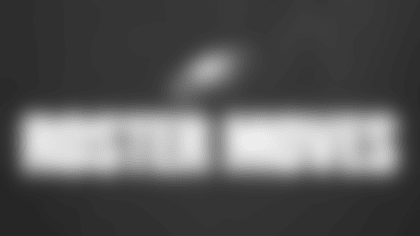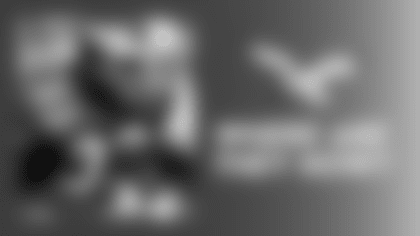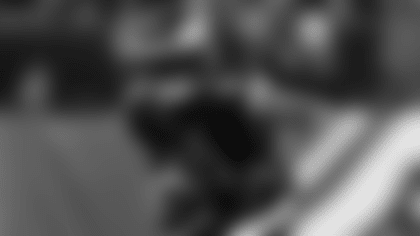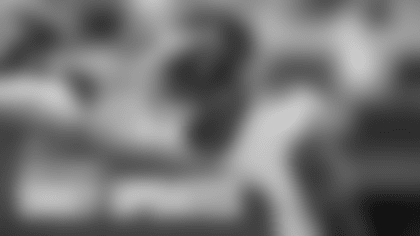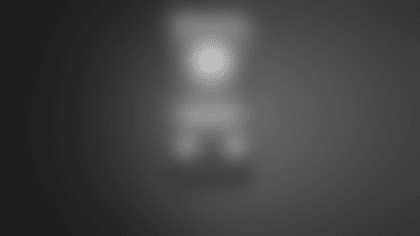Just as important as the tiring effect of the Eagles up-tempo offense on the stamina of opposing defenses is the taxing effect it takes on their mentally. As play after play is thrown at the defense, the thought is that the Eagles can create mental mistakes for the opposition. That is especially the case when the Eagles employ certain exotic formations amid the chaos of speed.
"I think the more stuff you can show opposing defenses to kind of get some confusion out there, the better it will be," right tackle Lane Johnson said. "We did some different looks and caught (the Redskins) off guard, so I think that helped us. I think it's more just to confuse the defense, give them something they haven't seen and see if they can adjust to it or not."
With all the talk of how fast and devastating the Eagles' offense was against the Redskins, another facet that contributed to its effectiveness has flown under the radar. Numerous times throughout the game, the offensive line went to an unbalanced look with linemen lining up at different positions, creating problems for the defense.
"It's an unbalanced look," said left guard Evan Mathis. "Instead of having a tight end on one side, you have two tackles. It's just something different, a different look to do. You can do many things out of that formation. "It gives (the defense) something else they have to practice and prepare against. It can help create stronger double teams at the point of attack if we're running that way since we have two tackle and a guard on the same side."
On LeSean McCoy's 34-yard touchdown run to start the third quarter, the Eagles came out with a "tackle over" formation that had offensive tackle Jason Peters and tight end Brent Celek flip spots, which made for the following unbalanced configuration (from left to right): Peters, Lane Johnson, Evan Mathis, Jason Kelce (center), Todd Herremans, Celek. In effect, Kelce lined up and snapped the ball from the right guard position, and there were favorable blocking matchups across the board, as outlined beautifully here by Fran Duffy.

"It was just a zone running play," Kelce said. "We had numbers in the box, we had a hat on a hat, spread the field out, and there was a huge hole right there for (McCoy). It wasn't an outside zone play, it was a play designed to hit up inside, but there were also other things that could have happened off of that. That's what they were giving us, so that's what we took."
"That was just really well blocked," Mathis said. "(McCoy) hit the hole perfectly, everybody down field was blocking well, the receivers were blocking well. It was a hat for a hat and everyone was covered up and (McCoy) made the read and scored."
"That was good communication there on that touchdown run (by LeSean McCoy)," Johnson said. "I went up to the defensive tackle and (Jason Peters) stayed on the defensive end and I sealed the hole for (McCoy)."
Earlier in the game, during the second quarter drive that resulted in quarterback Michael Vick's three-yard touchdown run, Kelly called for a different kind of unbalanced line formation that was even more unorthodox and fresh to a majority of Eagles fans. Those who watched Kelly's Oregon Ducks, where unbalanced lines were incorporated regularly, had seen the formation before – the dual triple stack. Peters and Johnson were split wide – yes, split wide – and each served as the third member of the triple stack formation, while Mathis, Kelce and Herremans stayed inside to form a three-man line (for more on Kelly's use of the formation of Oregon, click here).

The play ended up being a handoff to McCoy for a 10-yard gain that advanced the ball from the Redskins' 24-yard line to the 14, but it could very well be different next time around. Vick ostensibly had the option of faking the handoff, pulling the ball back and throwing it to either wide receiver to take advantage of the three-on-two matchup. With Peters and Johnson outside and the prospect of utilizing their athleticism in space, you can be sure the dual triple stack will result in a wide receiver screen later on at some point during the season.
"Yeah, I hope so, maybe," Johnson said about the dual triple stack culminating in a wide receiver screen that would allow him (or Peters) to get out in front and block outside the hash marks. "We'll see in the future."
"We've got some stuff," Kelce said with a smile.
For fans and defensive coordinators alike, watch out.
Make sure to follow us on Twitter @EaglesInsider.



